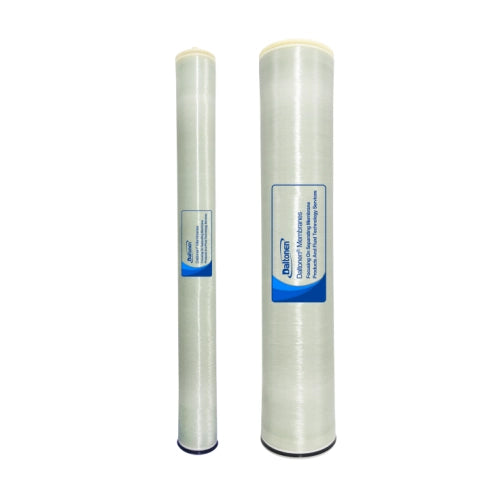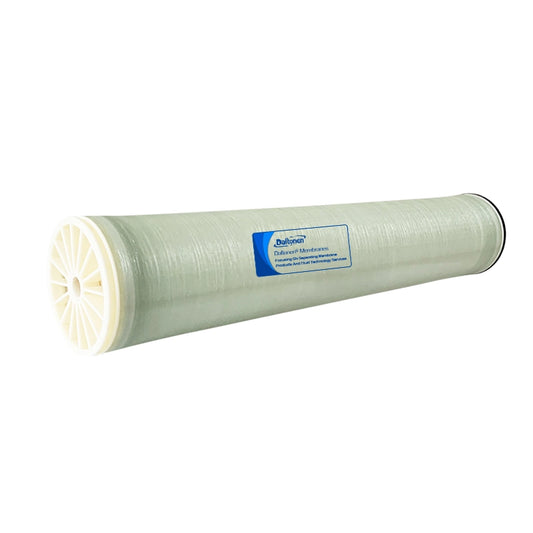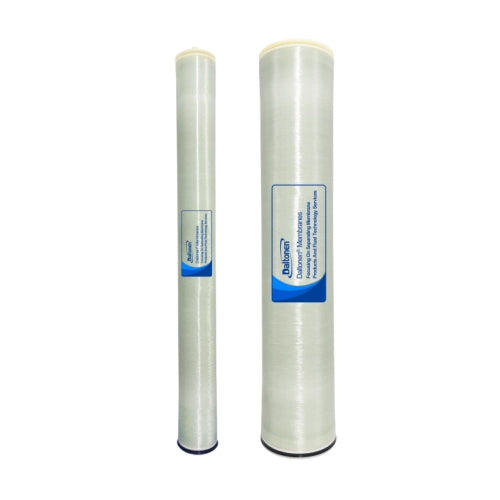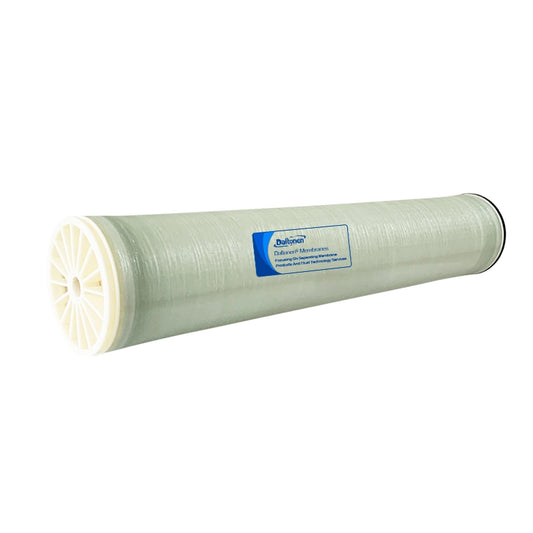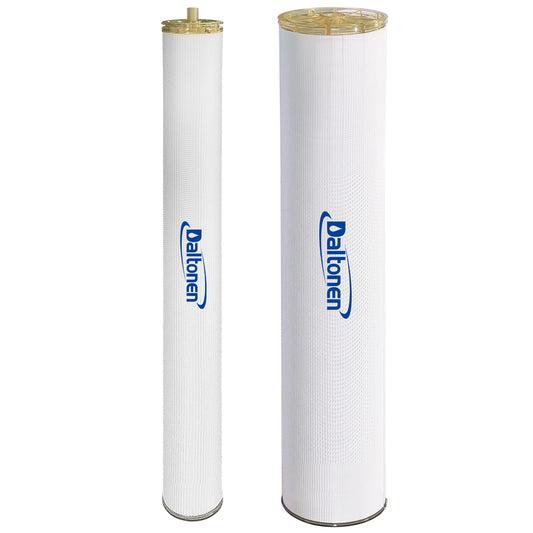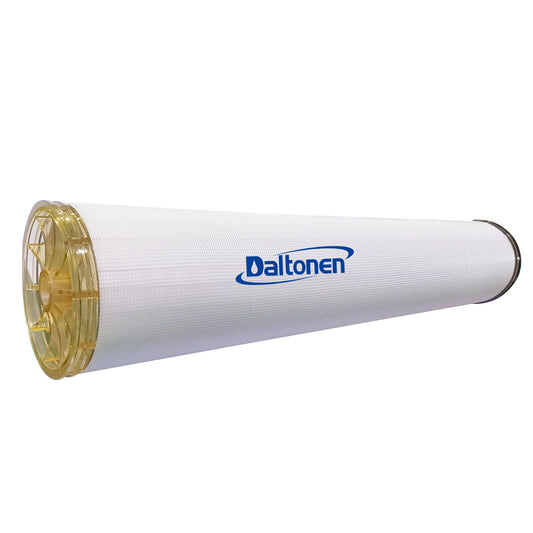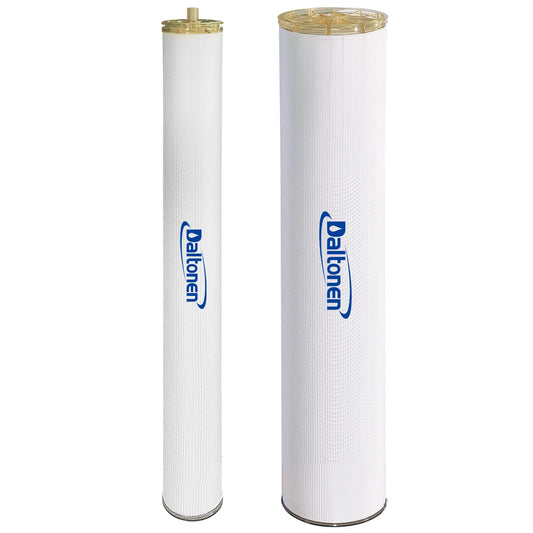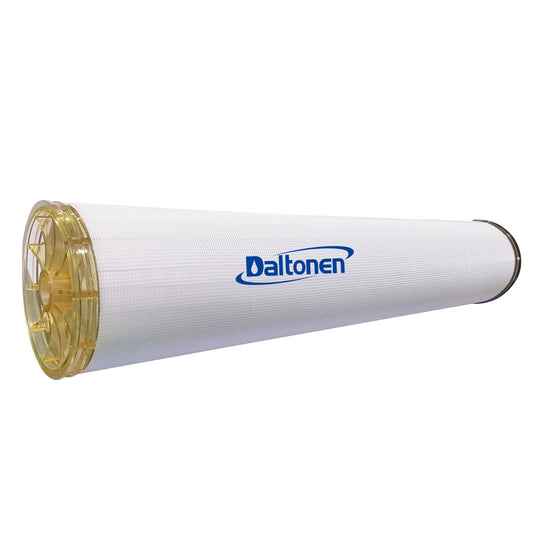Process flow and brief plan for zero emission project in breeding farms
27 Apr 2025

I. Design Basis
- Farm Scale: 5,000-head swine inventory, daily manure production ~50 tons (85% moisture content)
-
Pollution Characteristics:
- Wastewater: COD 8,000~15,000 mg/L, NH₃-N 500~1,000 mg/L, TP 80~150 mg/L
- Solid Waste: Manure, biogas residue, dead livestock (requiring harmless treatment)
-
Objectives:
- Manure resource utilization rate ≥95%, wastewater reuse rate 100%, odor emissions compliant (NH₃ ≤1.5 mg/m³)
-

II. Process Flow
Adopts a full-chain resource utilization model of **"solid-liquid separation + anaerobic digestion + biochemical treatment + advanced reuse"**:
1. Pretreatment System
-
Solid-Liquid Separation:
- Screw press separator (screen aperture 0.5 mm), separation efficiency >85%, producing dry manure (65% moisture) → compost feedstock.
-
Equalization Tank:
- Adjust pH to 6.5~7.5, balance water quality/quantity, HRT 6~8 hours.
2. Anaerobic Digestion System
-
CSTR Anaerobic Reactor:
- Volume 1,000 m³, temperature 35~38°C (geothermal heat pump assisted), HRT 15~20 days, COD removal >80%.
- Biogas yield: 0.3~0.5 m³/kg COD, daily output 1,500~2,000 m³.
- Biogas applications: Power generation (500 kW generator) or upgraded to bio-CNG (CH₄ ≥95%).
3. Advanced Wastewater Treatment
-
AO Biochemical Tank:
- Anoxic zone (ORP -100~-300 mV) + aerobic zone (DO 2~4 mg/L), simultaneous nitrogen/phosphorus removal.
-
Coagulation-Sedimentation:
- PAC + PAM dosing for enhanced flocculation, inclined plate sedimentation for SS/TP removal.
-
Constructed Wetland:
- Vertical flow wetland (planted with reeds/cattails), HRT 48 hours, further COD/NH₃-N reduction.
-
Disinfection & Reuse:
- Sodium hypochlorite disinfection (residual Cl 0.5 mg/L), reused for barn flushing/green irrigation.
4. Solid Waste Resourceization
-
Thermophilic Composting:
- Dry manure + straw (C/N ratio 25:1) → windrow turner (55°C maintained for 7 days) → organic fertilizer (moisture ≤30%, compliant with NY 525).
-
Dead Livestock Treatment:
- High-temperature rendering (134°C/0.3 MPa, 40 mins) → meat-bone meal (protein feed ingredient).
5. Odor Control System
-
Biofilter Tower:
- Packing layer (sawdust + volcanic rock) inoculated with Thiobacillus/Nitrosomonas, >90% H₂S/NH₃ removal.
-
Deodorant Spray:
- Plant-extract misting covering manure collection and solid waste areas.
III. Key Equipment Specifications
| Equipment Name | Specifications/Parameters | Remarks |
|---|---|---|
| Solid-liquid separator | Capacity 10 m³/h, Power 7.5 kW | 304 stainless steel screen, anti-clogging design |
| CSTR reactor | Φ12×10 m, enamel-panel tank | With agitator & insulation |
| Compost turner | 6 m width, 50 m length, 5 m/min | Ventilation & leachate collection |
| Biofilter | Airflow 20,000 m³/h, packing height 2 m | Auto-spray humidification |
IV. Resource Utilization Benefits
-
Energy Revenue:
- Biogas power: 3,600 kWh/day (electricity price 0.6 RMB/kWh) → Annual revenue: 780,000 RMB.
-
Fertilizer Revenue:
- 3,000 tons/year granular organic fertilizer (600 RMB/ton) → Annual revenue: 1.8 million RMB.
-
Water Savings:
- 180,000 tons/year freshwater replaced (3 RMB/ton) → Annual savings: 540,000 RMB.
V. Operational Cost Estimate
| Item | Unit Cost | Annual Total (10k RMB) |
|---|---|---|
| Electricity | 0.8 RMB/m³ wastewater | 28 |
| Chemicals | PAC 0.2 + PAM 0.1 RMB/m³ | 15 |
| Labor | 6 workers × 80k RMB/yr | 48 |
| Total | - | 910,000 RMB |
| Net Profit | (3.12M - 0.91M) | **+2.21 million RMB/yr** |
VI. Competitive Advantages
-
Closed-loop Cycle:
- Manure→biogas→energy→production; wastewater→purification→reuse; solids→fertilizer→cropland.
-
Low-carbon Footprint:
- Annual CO₂eq reduction ~12,000 tons (biogas replaces coal + reduced fertilizer use).
-
Smart Monitoring:
- IoT platform for real-time COD/biogas/compost tracking with auto-adjustments.
VII. Key Considerations
-
Pathogen Control:
- Compost must maintain ≥50°C for 10 days to kill parasites/pathogens.
-
Winter Operation:
- Anaerobic reactors require insulation/heating to sustain methanogen activity.
-
Contingency:
- 2,000 m³ emergency pond (anti-seepage) for extreme rainfall/equipment failure.
VIII. Applicable Scenarios
- Intensive swine/cattle/poultry farms
- Agri-ecological parks
- Government-led livestock pollution control projects
Note: Adjustments may be needed for poultry/ruminant manure (e.g., feather removal for chicken manure). Synergy with nearby farmland/orchards ensures integrated farming solutions.
This translation retains technical accuracy while adapting terminology and formatting for international readability. Let me know if further customization is required!
Tags:
